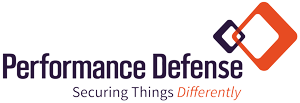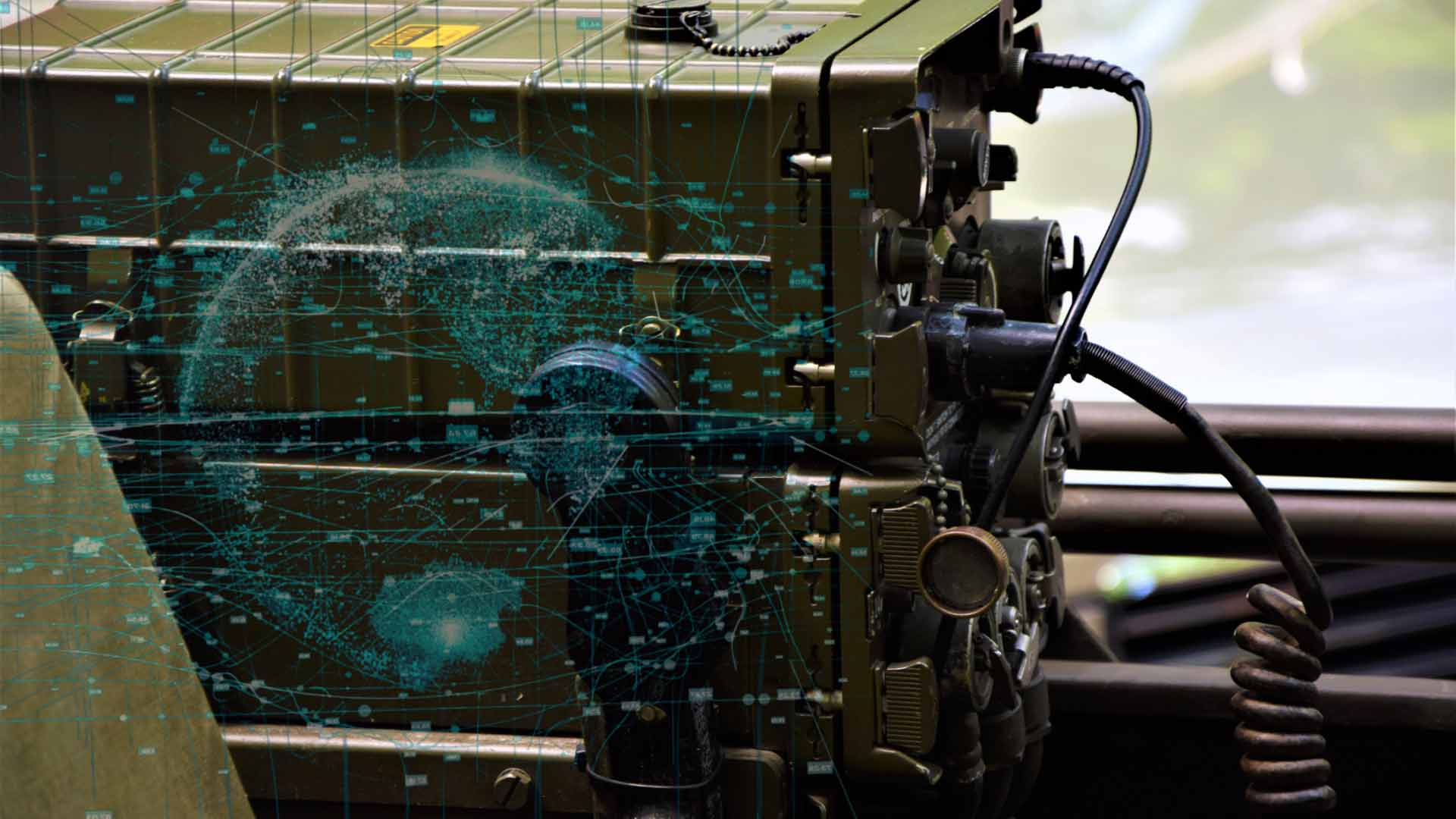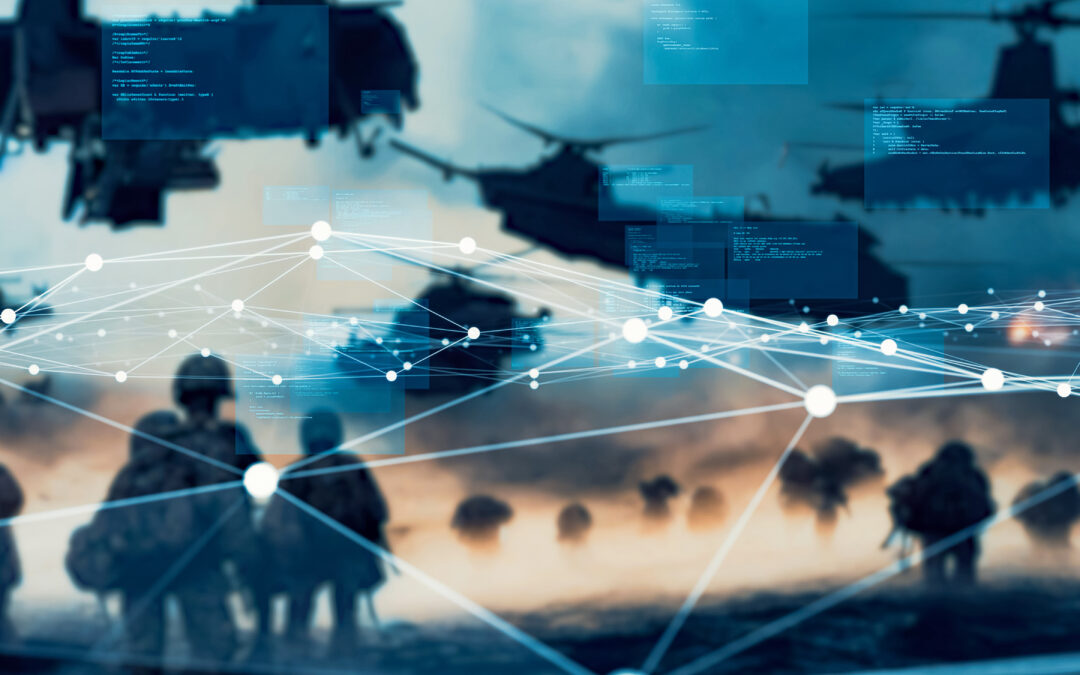By Darren Cummings — President, Performance Defense
This is the fifth and final article in a five-part series exploring applications of 5G technology for the defense industry.
5G technology offers significant benefits for Internet of Things (IoT) devices and is a crucial component of the Department of Defense (DoD) technology strategy. However, meeting these goals and providing these benefits requires these devices to be demonstrably fit for purpose. A crucial part of achieving and demonstrating this is certification against applicable regulations and standards.
The Need for Certification
While 5G-enabled technologies and IoT devices can be deployed in various industries, some are more regulated than others. For example, the defense and avionics industries are high-risk environments where a failed component or a security incident could have dramatic implications, including possible loss of life and safety.
As a result, these environments are highly regulated to ensure that solutions meet the minimum standards for safety and security. Demonstrating that a particular solution meets the requirements of such an industry requires certification against those requirements.
Choosing Pre-certified Solutions to Meet Mission Needs
In the defense and avionics industry, 5G-capable devices may need to deal with various risks, including:
- Harsh Environments: Devices may be subject to moisture, extreme heat or cold, and other environmental conditions
- Avionics Standards: Devices deployed in airplanes and other aircraft must operate reliably and limit potential risks to health and safety in the event of a failure.
- Cybersecurity Standards: Cyberattacks are a major threat to all organizations, and 5G-capable devices in some industries may have access to highly sensitive information. These devices need to meet or exceed the requirements of various cybersecurity regulations and standards to protect this information.
- Government/Military Requirements: The government and military commonly have their own collection of regulations, such as the requirement to source components from certain trusted foundries. Devices deployed in these environments must meet the requirements of all applicable regulations.
The complexity of achieving compliance and certification with various requirements can vary. In some cases, certification may only require scheduling a third-party audit or a self-attestation of compliance, while others may be an extended process.
For defense use cases, which require adherence to strict government and military standards, pre-certification is the only logical option for 5G-capable devices. This is due to the cost and timeline of demonstrating compliance and the fact that, in some cases, a device may only be fit for purpose if it is made by the right company out of the right components.
Meeting Security Standards in 5G Devices
5G-capable devices may be subject to various regulatory requirements depending on where and how they are used. However, the most common requirement is that the device in question properly secures any sensitive data entrusted to it and can protect itself against disruption by cyberattacks.
Effectively proving that a 5G device is resistant to cyberattacks requires extensive analysis in an environment that accurately simulates its intended deployment environment. With the relative immaturity of 5G networks, this requires analysis in a 5G testbed that simulates the full capabilities of the 5G protocol and enables security evaluation of capabilities that may be enabled now, and in the future, as the technology matures.
Ensuring That 5G Devices Are Mission-Ready
Designing 5G-capable devices to be secure, tolerant of harsh environments, etc. is a good start, but it only demonstrates intent, not accomplishment. When deploying 5G devices in the defense sector or other high-risk and highly regulated environments, selecting pre-certified solutions provides confidence that solutions are genuinely fit for purpose.
Further Reading
Check out the previous blogs in this series:





